Palouse Partners in Olympia
In early 2014, the Land Trust and other groups doing on-the-ground work in the Palouse River watershed started meeting informally to share ideas and learn how we can work together to complement each other's projects and missions. We loosely called ourselves the Palouse Conservation Forum.
Later that year, the Natural Resources Conservation Service announced a new grant program called the Regional Conservation Partnership Program. The program was designed to fund collaborative efforts to increase the restoration and sustainable use of soil, water, wildlife, and related natural resources on regional or watershed scales.
The Palouse Conservation Forum saw this as a great opportunity to start implementing the watershed plan that was developed for the Palouse River years ago. With terrific facilitation skills, Jennifer Boie from the Palouse Conservation District pulled together pieces from 15 different partners to create a comprehensive proposal, totaling $11 million worth of work in the watershed.
Jennifer Boie (Palouse Conservation District) and Dan Harwood (Palouse-Rock Lake Conservation District) at the press conference in Olympia announcing the award.
Mike Denny (Area Riparian Restoration Coordinator) and Ken Stinson (Latah SWCD), ready for the press conference.
The competition was fierce, but we found out in January that our Palouse River Watershed project was one of only 115 projects funded in the nation. The project will provide financial and technical assistance for farmers through the Conservation Districts for activities to prevent soil erosion and protect clean water.
For our part, the project will provide funding for the Land Trust to purchase conservation easements on threatened farmland in the watershed to prevent the conversion of prime farmland to non-agricultural uses.
We're very proud to be a part of this project that will not only protect natural resources in the watershed, but will also bring $11 million to our local economy. Read more about the program in the recent Capital Press article here.


